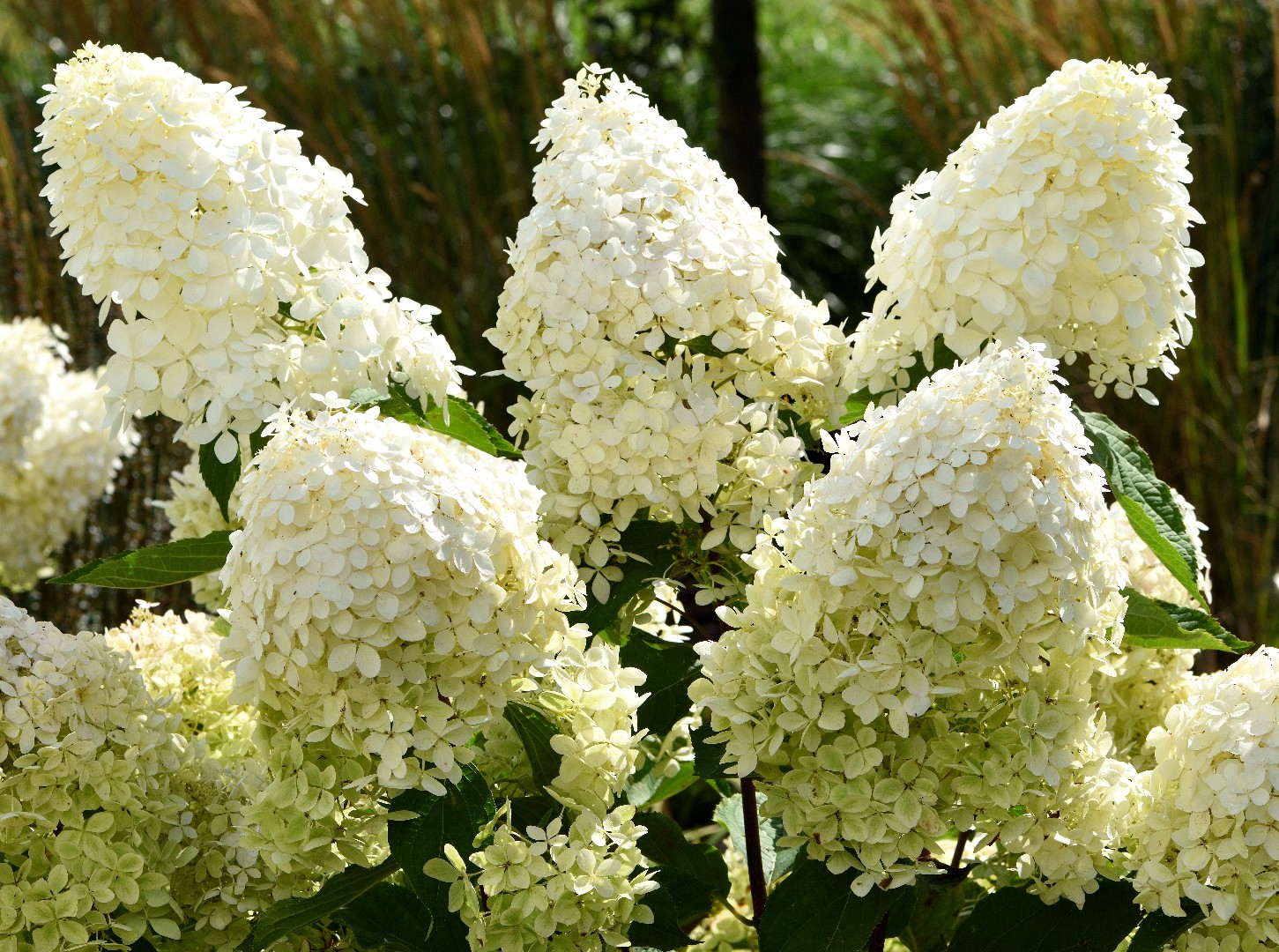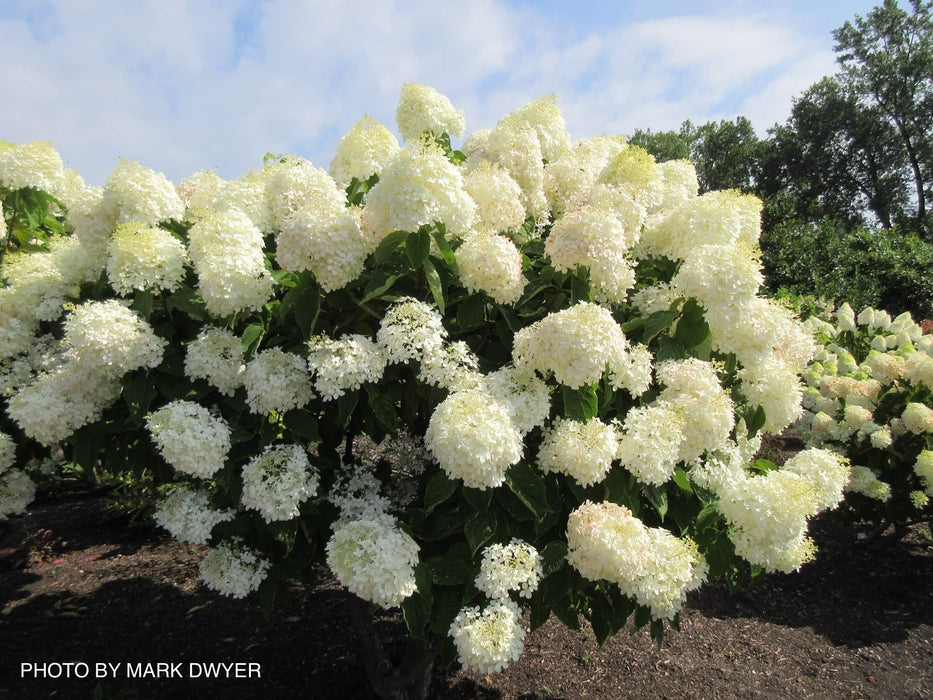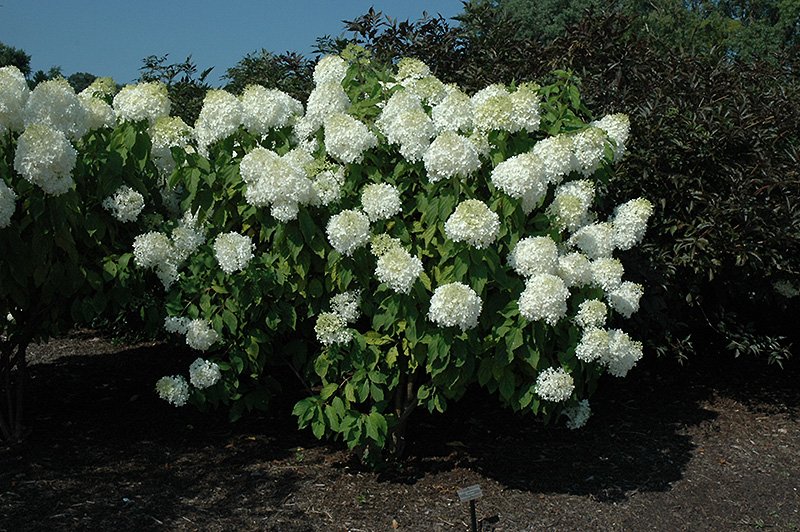Phantom Hydrangea: The Mysterious Flower That Changes Color
Phantom Hydrangea: The Mysterious Flower That Changes Color
The phantom hydrangea is a truly unique and mysterious plant. It is a type of panicle hydrangea, which means that it has large, conical flower heads. The flowers of the phantom hydrangea start out white, but they gradually turn pink as they mature. This color change is caused by the plant's response to the amount of sunlight it receives.
In full sun, the phantom hydrangea will turn a deep pink color. In partial shade, the flowers will be a lighter pink. And in deep shade, the flowers will remain white. This makes the phantom hydrangea a very versatile plant, as it can be grown in a variety of lighting conditions.
The phantom hydrangea is also a very hardy plant. It is resistant to cold and heat, and it does not require a lot of care. This makes it a great choice for gardeners who are looking for a low-maintenance plant that will add a touch of mystery and beauty to their garden.
Here are some additional facts about the phantom hydrangea:
- The scientific name for the phantom hydrangea is Hydrangea paniculata 'Phantom'.
- It is a native of Japan.
- The flowers of the phantom hydrangea can reach up to 15 inches in length.
- The plant blooms from midsummer to fall.
- The phantom hydrangea is a popular choice for cut flowers.
If you are looking for a unique and beautiful plant to add to your garden, the phantom hydrangea is a great option. It is a low-maintenance plant that will reward you with its stunning flowers for many years to come.
[MAIN CONTENT]
Growing Phantom Hydrangeas
Phantom hydrangeas are relatively easy to grow. They prefer full sun, but they can also tolerate partial shade. They are hardy in USDA zones 4-9, and they are not particularly fussy about soil type.
When planting a phantom hydrangea, it is important to dig a hole that is twice as wide as the root ball. Backfill the hole with soil that has been amended with compost or other organic matter. Water the plant well after planting.
Phantom hydrangeas do not require a lot of fertilizer. A light application of fertilizer in the spring will help to promote flowering. You can also fertilize the plant in the fall, but be sure to use a fertilizer that is low in nitrogen.
Phantom hydrangeas are relatively drought-tolerant, but they will benefit from regular watering during the summer months. If you live in an area with hot, dry summers, you may need to water the plant more often.
Pruning Phantom Hydrangeas
Phantom hydrangeas do not require a lot of pruning. However, you may want to prune the plant in the spring to remove any dead or damaged branches. You can also prune the plant to shape it or to control its size.
If you want to encourage the plant to produce more flowers, you should prune it in the fall. This will remove the old flower heads and encourage the plant to produce new ones the following spring.
Troubleshooting Phantom Hydrangeas
Phantom hydrangeas are generally trouble-free plants. However, there are a few problems that you may encounter.
- Leaf spot: This is a fungal disease that can cause leaves to develop brown spots. To treat leaf spot, you can spray the plant with a fungicide.
- Pests: Phantom hydrangeas are susceptible to a few pests, including aphids, scale, and spider mites. These pests can be controlled with insecticidal soap or neem oil.
- Winter damage: Phantom hydrangeas can be damaged by cold weather. If you live in an area with cold winters, you may need to protect the plant by covering it with a burlap sack or other protective material.
[CONCLUSION]
The phantom hydrangea is a beautiful and unique plant that is sure to add a touch of mystery and magic to your garden. It is a relatively easy plant to grow, and it does not require a lot of care. If you are looking for a low-maintenance plant that will reward you with its stunning flowers for many years to come, the phantom hydrangea is a great option.
Phantom hydrangeas are a beautiful and unique type of hydrangea that is known for its white flowers. They are perfect for adding a touch of elegance to any garden.
If you are thinking about planting a phantom hydrangea, be sure to do your research. These plants need specific care in order to thrive. For example, they should be pruned back hard each year in the spring.
One great resource for learning more about phantom hydrangeas is . This website has a wealth of information on the topic, including planting, care, and pruning instructions.
I highly recommend visiting if you are interested in learning more about phantom hydrangeas. You will find all the information you need to plant and care for these beautiful plants.
FAQ of phantom hydrangea
Q: What is a Phantom Hydrangea?
A: Phantom Hydrangea (Hydrangea paniculata 'Phantom') is a type of panicle hydrangea with large, conical flower heads that change color from creamy white to blushing pink as the summer progresses. It is a hardy shrub that can grow up to 6 feet tall and wide.
Q: What are the benefits of planting a Phantom Hydrangea?
A: Phantom Hydrangea is a beautiful and versatile shrub that can be used in a variety of settings. It is also relatively easy to care for, making it a good choice for even novice gardeners. Some of the benefits of planting a Phantom Hydrangea include:
- Large, colorful flowers that provide a long season of interest
- Hardy and adaptable to a variety of conditions
- Easy to care for and maintain
- Attracts butterflies and other pollinators
Q: How do I care for a Phantom Hydrangea?
A: Phantom Hydrangea is a relatively easy plant to care for. Here are some tips for keeping your Phantom Hydrangea healthy and happy:
- Plant it in full sun or partial shade.
- Water it regularly, especially during hot, dry weather.
- Fertilize it in the spring with a balanced fertilizer.
- Deadhead spent flowers to encourage new blooms.
- Protect it from frost in colder climates.
Q: What are some common problems with Phantom Hydrangeas?
A: Phantom Hydrangeas are generally healthy plants, but they can be susceptible to a few problems, including:
- Leaf spot: This fungal disease can cause brown or black spots on the leaves.
- Powdery mildew: This fungal disease can cause a white powdery coating on the leaves.
- Aphids: These small insects can suck the sap from the leaves, causing them to wilt and yellow.
- Scale insects: These small insects can attach themselves to the stems and leaves, sucking the sap.
Q: How can I prevent problems with my Phantom Hydrangea?
A: There are a few things you can do to prevent problems with your Phantom Hydrangea:
- Plant it in a well-drained location.
- Water it regularly, but don't overwater it.
- Fertilize it in the spring with a balanced fertilizer.
- Deadhead spent flowers to encourage new blooms.
- Inspect your plant regularly for pests and diseases.
Image of phantom hydrangea
5 different images of "phantom hydrangea" from Pinterest:
- Image 1: A white phantom hydrangea in full bloom, with large conical flower heads.

- Image 2: A close-up of the flowers of a phantom hydrangea, showing the creamy white petals.
- Image 3: A phantom hydrangea in the fall, with the flowers starting to turn pink.

- Image 4: A row of phantom hydrangeas in a garden, with the flowers in different shades of white and pink.
- Image 5: A phantom hydrangea in a vase, with the flowers arranged in a cascading display.


Post a Comment for "Phantom Hydrangea: The Mysterious Flower That Changes Color"